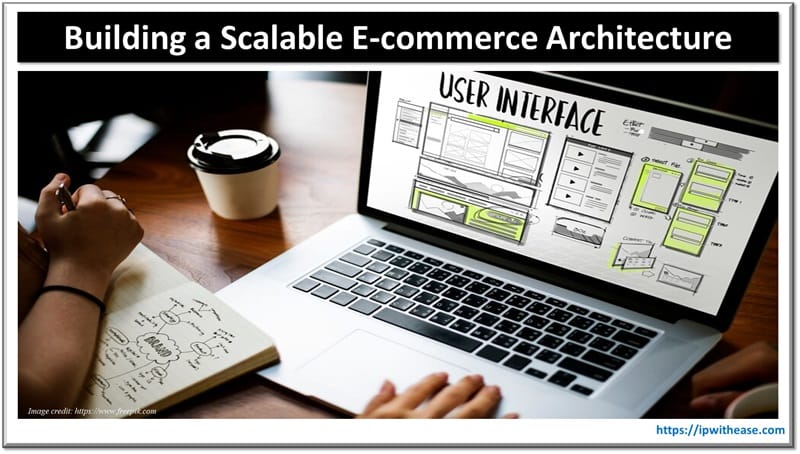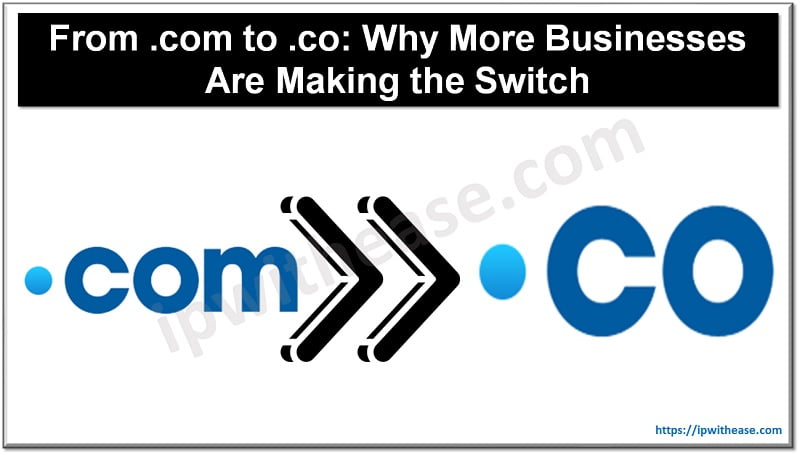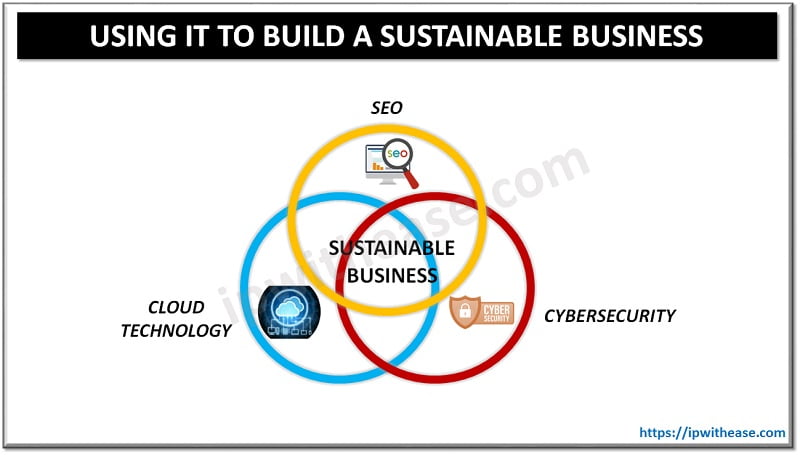Table of Contents
Building a robust and scalable e-commerce architecture is fundamental to the growth and adaptability of any online business. In today’s dynamic market, platforms need to accommodate fluctuating traffic, handle extensive product catalogs, and support smooth, secure transactions. Whether you’re starting from scratch or revamping an existing setup, following best practices is key to creating an architecture that supports scalability and enhances customer experience. Many ecommerce development services, specialize in designing scalable, resilient platforms that meet these demands.

Key Components of a Scalable E-commerce Architecture
1. Selecting the Right Architecture Type
To ensure flexibility and future-proof your platform, it’s essential to choose an architecture that matches your business’s complexity and growth potential:
- Two-Tier Architecture: Suitable for smaller websites with limited traffic, this structure links the frontend directly to the backend. While cost-effective, it can struggle under high user loads.
- Three-Tier Architecture: By adding an intermediary layer for business logic, this model allows better performance and maintainability, making it ideal for mid-sized e-commerce sites.
- Microservices Architecture: A modern and scalable choice, microservices separate functionality into independent services (e.g., payments, authentication), enabling individualized scaling, frequent updates, and resilience to single-point failures.
Selecting the correct architecture is vital for supporting high user volumes and complex functionality without compromising performance or security.
2. Importance of Cloud Integration
Cloud services offer scalable solutions that adjust to traffic variations, ensuring smooth operation during peak times. Platforms like AWS, Google Cloud, and Microsoft Azure provide managed services that reduce the burden of server management, allowing businesses to scale dynamically according to demand.
Benefits of using cloud services include:
- Resource Flexibility: Scale resources up or down based on current needs, especially helpful during holiday seasons or promotional events.
- Cost Efficiency: Only pay for the resources you use, which is ideal for managing operational costs in variable traffic conditions.
- Reliability: With redundancy and failover mechanisms, cloud providers help keep your e-commerce site running even during unexpected downtime.
3. Database Optimization Strategies
An optimized database setup is crucial for managing extensive product data, user information, and transactions without lag. Here are some best practices:
- Database Sharding: Splits data across multiple servers to balance loads and enhance query performance.
- Indexing: Speed up data retrieval by creating indexes on frequently searched fields.
- NoSQL Databases: Ideal for e-commerce platforms with unstructured data and frequent updates, offering enhanced flexibility over traditional relational databases.
4. Implementing Load Balancing
Load balancing is essential for maintaining site performance under high traffic conditions. It works by distributing incoming traffic across multiple servers, preventing any single server from becoming overwhelmed. Popular strategies include:
- Round-Robin: Cycles through servers sequentially for even distribution.
- Least Connections: Routes traffic to the server with the fewest active connections, ideal for balancing varying request times.
- Weighted Balancing: Allocates more requests to higher-capacity servers, optimizing resource use.
Adding a content delivery network (CDN) can further reduce latency by caching static content close to the user, improving load times for images, videos, and other media.
Designing for User Experience and Growth
An e-commerce site’s architecture needs to prioritize both user experience and scalability. These elements often go hand-in-hand, as a streamlined experience enhances user satisfaction, which can drive growth.
- Optimizing Site Performance: Implement caching for frequently accessed data and minimize HTTP requests to reduce page load times.
- Mobile-First Design: With over half of e-commerce transactions now on mobile, designing a responsive, mobile-friendly site is crucial.
- User-Centric Navigation: A well-structured site layout aids product discovery and checkout processes, supporting customer retention.
5. Security and Compliance
Securing an e-commerce platform is non-negotiable. Employing security measures like HTTPS, data encryption, and multi-layered authentication is vital for protecting sensitive user data. Furthermore, compliance with standards like PCI-DSS ensures secure payment processing, safeguarding your reputation and instilling customer trust.
6. Monitoring and Continuous Improvement
Regular monitoring and maintenance are key to sustaining long-term scalability. Tools such as AWS CloudWatch or Google Analytics help track performance, identify bottlenecks, and adjust resources dynamically. Routine infrastructure reviews, like verifying load balancer efficiency and cloud resource allocation, keep the architecture aligned with business goals.
Conclusion
Creating a scalable e-commerce platform involves careful planning, from selecting the right architecture and database strategies to integrating cloud resources and implementing load balancing. By following these best practices and engaging with specialized ecommerce development services, businesses can ensure their platform is well-equipped to handle growth, enhance customer experience, and remain competitive.
ABOUT THE AUTHOR
IPwithease is aimed at sharing knowledge across varied domains like Network, Security, Virtualization, Software, Wireless, etc.



